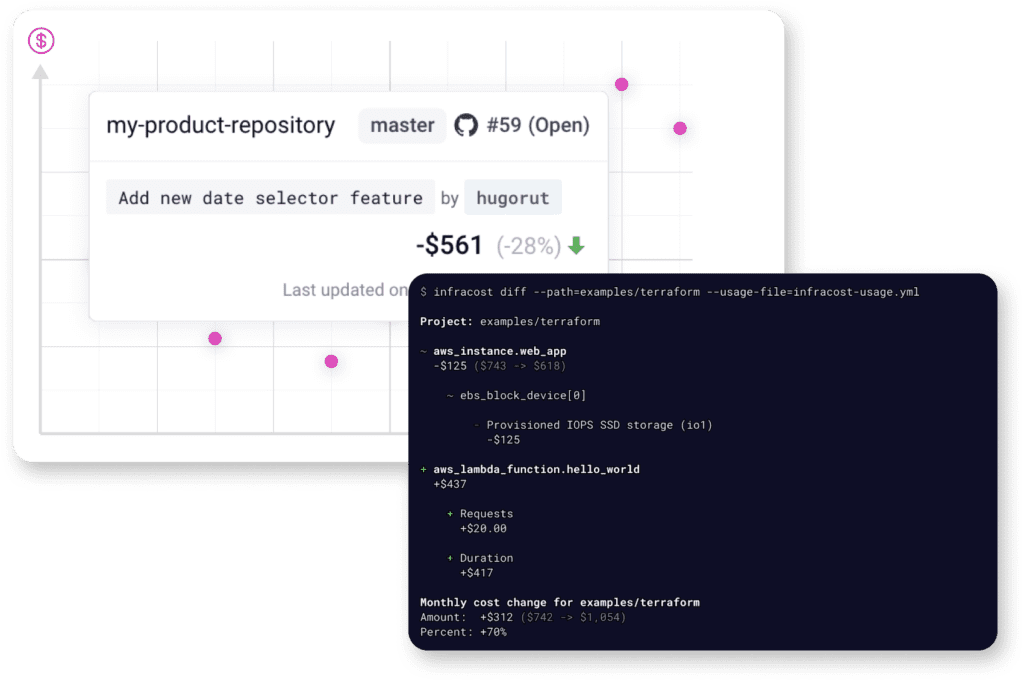CI/CD in the Context of FinOps
Continuous Integration and Continuous Deployment/Delivery, collectively known as CI/CD, form the backbone of modern software development practices. As developers aim for rapid iterations and releases, CI/CD pipelines become essential. When looking at FinOps, understanding how these pipelines influence and drive cloud costs is crucial.
Basics of CI/CD
At its core, CI emphasizes merging all developers’ working code copies to a shared mainline several times a day. CD, on the other hand, ensures that code changes are automatically deployed to a production environment.
CI/CD and Cloud Costs
CI/CD pipelines look after how Infrastructure as Code, and in turn cloud resources are launched. Whether it’s the use of virtual machines for testing or container orchestration tools for deployment, all the resources being launched will have costs associated with them.
When it comes to FinOps, you can integrate tools into the CI/CD pipelines so that you know, before any resources are launched, how much the reosurces will cost. You can also check for the right tags and values to be present in the code, and ensure best practice and optimized resources are being used, all before anything goes to production.
Conclusion
While CI/CD practices aim at development efficiency and rapid releases, they must be paired with FinOps principles to ensure that the speed doesn’t result in unchecked cloud expenses. An optimized CI/CD process not only delivers code efficiently but does so in a cost-effective manner and ensures code adheres to best FinOps practices.
Shifting FinOps Left 👈
Put cloud costs in engineering workflows, and see the cost of upcoming code changes before resources are launched.

